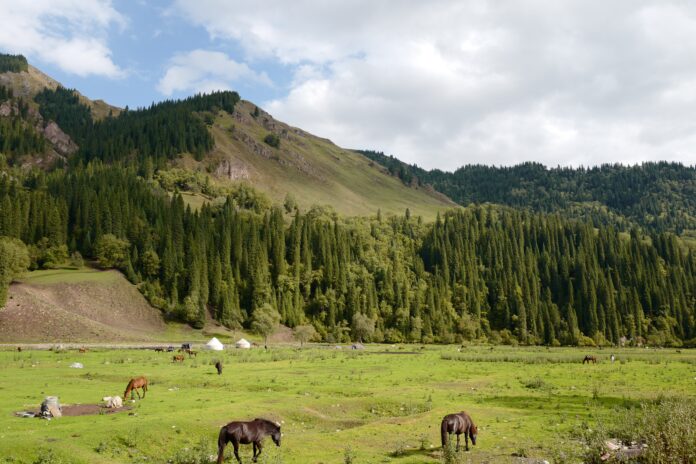Wildlife conservation and research has always been challenging task for scientists and conservationists. In recent years, advancements in technology have revolutionized the way data is collected and analyzed. One such technology that has gained traction in the field is the use of drones. In this article, we will explore the innovative ways drones are being used in wildlife conservation and research.
Background Information
For decades, scientists and conservationists have relied on traditional methods of data collection. These include things such as physical tracking, camera traps, and satellite imagery. These methods, however, can be both time-consuming and expensive. Furthermore, physical tracking can be invasive and disrupt the natural behaviors of wildlife. That is a problem since the goal is to observe wildlife in their natural habitat. The introduction of drones has provided an innovative and efficient way to collect data on wildlife populations and their habitats.
Applications of Drones in Wildlife Conservation and Research
Drones have been used for a variety of purposes in wildlife conservation and research. Let’s take a closer look at some of the most common applications:
- Monitoring Wildlife Populations and Habitats – Drones can provide a non-invasive and non-disruptive way to monitor wildlife populations and their habitats. With high-resolution imagery and thermal imaging, scientists can track changes in vegetation and detect changes in animal behavior.
- Conducting Aerial Surveys – Drones can conduct aerial surveys to assess the impact of climate change on ecosystems. Scientists can gather data on temperature changes, water levels, and other environmental factors. That can help predict the effects of things like climate change on wildlife.
- Tracking Wildlife Movements and Migration Patterns – Drones can track animal movements and migration patterns. Which can be crucial in understanding the impact of environmental changes on wildlife populations.
- Collecting and Analyzing Data on Animal Behavior and Social Structures – With the help of drones, researchers can gather data on animal behavior and social structures. The behaviors that would otherwise be difficult to observe.
- Identifying and Tracking Poaching Activities – Drones can be used to identify and track poaching activities, which can help protect endangered species from illegal hunting.
Advantages of Using Drones in Wildlife Conservation and Research
The advantages of using drones in wildlife conservation and research are numerous. Here are some of the most significant benefits:
- Non-invasive and Non-disruptive – Drones provide a non-invasive and non-disruptive way to collect data on wildlife populations and their habitats.
- Efficient Data Collection – Drones can cover large areas quickly, reducing the time and cost required for data collection. When compared to the traditional methods.
- High-resolution Imagery and Data – Drones can provide high-resolution imagery and data that can be analyzed in detail. Thus drones are providing valuable insights into wildlife behavior and environmental changes.
Challenges and Limitations of Using Drones in Wildlife Conservation and Research
While drones offer significant benefits to wildlife conservation and research. There are also some challenges and limitations that need to be considered:
- Limited Battery Life and Flight Time – Drones have limited battery life and flight time, which can make it challenging to cover large areas or conduct long-term studies.
- Regulations and Restrictions – Drone use is subject to regulations and restrictions, which can vary between countries and regions.
- Technical Issues and Need for Skilled Operators – Drones require skilled operators and can be prone to technical issues, which can impact the accuracy and effectiveness of data collection.
- Potential Harm to Wildlife – If not used properly, drones can harm wildlife and disrupt their natural behaviors. It might be because of something as simple as the amount of sound a drone produces.
Conclusion
The use of drones in wildlife conservation and research has opened up new possibilities for data collection and analysis. With the advantages of non-invasive data collection, efficient surveying, and high-resolution imagery. It is safe to say drones have proven to be invaluable tools for scientists and conservationists. However, there are also challenges and limitations that need to be addressed to ensure their effectiveness. As technology continues to advance, we can expect to see more innovative uses of drones in the field. And their potential for improving our understanding of wildlife behavior and habitat conservation. The benefits of drone technology in wildlife conservation and research far outweigh the challenges and limitations.
And as always folks feel free to check out the Global Growth Forum for similar informative articles. And also be sure to check out Mojo Patrakar for the latest articles in Hindi.



